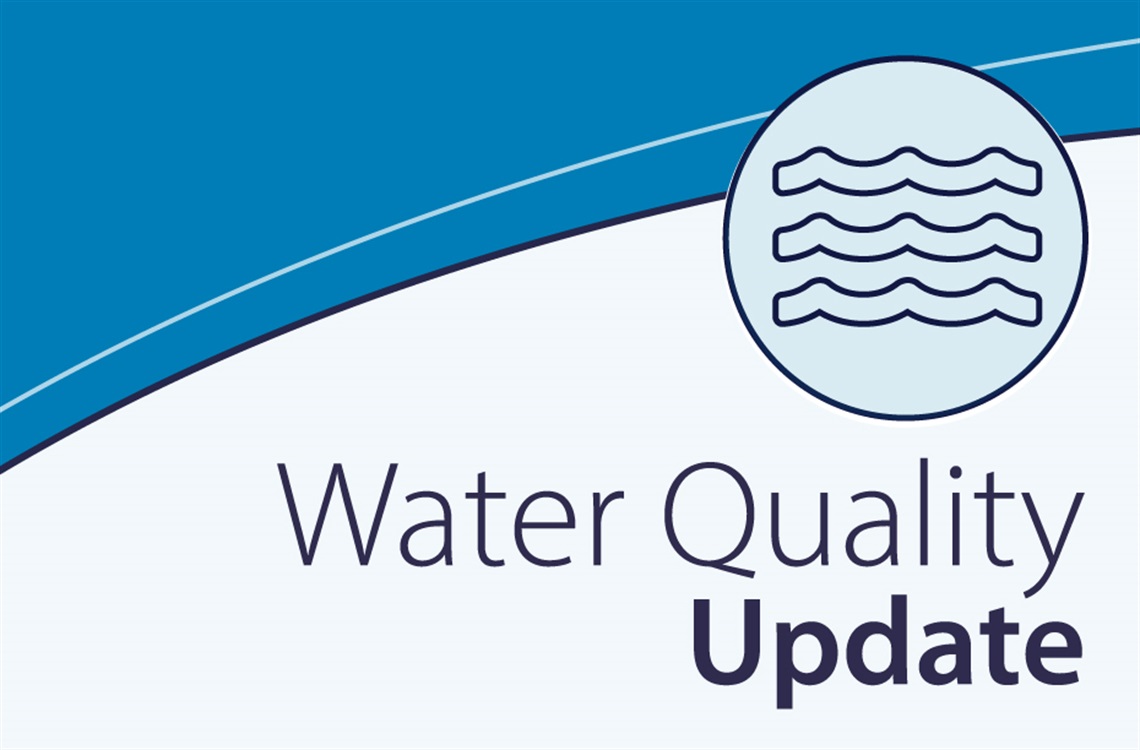
Many of our natural waterways are still recovering after the recent heavy rains and floods.
The water at some beaches and coastal estuaries may appear discoloured from a high level of nutrients, sediments and pollutions that are washed into waterways during flood events. Low lying areas may experience water ponding on the ground surface for many days after heavy rains and floods, however this will naturally recede over time.
Some areas may also experience a particularly strong smell, resulting from the decay of grasses and other vegetation.
To prevent illness, NSW Health advises that contact with floodwater should be minimised and to avoid swimming within 24 hours of heavy rain at ocean beaches and within 3 days in estuaries or rivers.
Council manages multiple water quality monitoring programs throughout the Shoalhaven and regularly increase sampling during environmental events that heighten potential hazards.
Recent testing has found water quality across many locations in the Shoalhaven to be fair-good. Aquadata is the online portal where you can view the results of all water sampling results conducted in the Shoalhaven. Each week during the summer season, water quality is also monitored at selected Shoalhaven beach locations and recorded via Beachwatch.
Some residents and visitors are alarmed by the look and smell of natural waterways in their local area and report their concerns to Council. Our Environmental Team has answered the top 3 questions we are frequently asked about water quality:
Question 1: I am not connected to the reticulated sewer and the surface water looks and smells like sewage! What should I do?
Answer: If you suspect damage has occurred to your septic tank vessel or pipe junctions, have them professionally inspected and/or serviced. If you suspect it is from someone else's septic system, please contact Council and our Environmental Services team can investigate.
Question 2: The water looks like it has an oily sheen from a hazardous chemical or toxic waste. Is it safe?
Answer: A simple test to determine if an oily sheen is natural or not, is to safely to poke the oil with a stick. If the oily sheen breaks apart and does not flow back together quickly, it is most likely from naturally occurring bacteria or another natural source. If the oily sheen flows back together immediately, it may be spilled petrol, oils or other pollutants.
The following are examples of natural occurrences found in surface waters after floods:
Oily Film - Bacteria that live in waterlogged places get their energy from iron and manganese. As the bacteria grows and decomposes it may appear oily or form red or orange films.
Brown or reddish water - Dissolved organic material from the breakdown of plants and animals can leach into slow moving water staining it brown or reddish brown.
Orange crust or rusty colour – As water seeps towards the ground surface it brings iron with it and as it becomes exposed to air it turns a rusty looking colour.
Green algae – Algae is a microscopic plant that occurs naturally in water with high nutrients. It may not indicate the water is polluted, though it can be an indication that wastewater or fertiliser is entering the water.
Foam - As leaves decay, dissolved organic carbon is released into the water which floats to the surface as tiny clumps of white foam. Natural foam may smell fishy. This may at times look like hydrocarbon rainbows on the surface, but can be broken easily and does not reform like hydrocarbon rainbows do.
If it smells like petrol, oil, chemicals or sewage, please report it to Council's Environmental team for investigation.
Question Three: What's that smell?
Answer: It is possible that what you smell is decaying matter from waterlogged areas. This is OK and is a natural process of dying bacteria in rotting vegetation - especially when being dried out in the sun.
During flooding some lakes, lagoons and rivers may open, either naturally or mechanically. This lowers the water level and can expose extensive areas of sediment and aquatic vegetation such as seagrass and algae. Exposure of sediments to the air and the death of aquatic vegetation can lead to the release of hydrogen sulphide (rotten egg gas) and other foul-smelling gases. This gas is not considered to be a physical health risk by NSW Health.
However, if it smells like petrol, oil, chemicals or sewage, please report it to Council's Environmental Services team for investigation.






